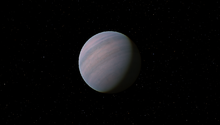In a quest to get the perfect shot, Eric Austin, a Texas-based videographer, found a neat way to fuse a remote controlled helicopter and a Canon DSLR camera so he could shoot aerial videos easily and get the kind of footage that would otherwise be difficult to pull off.
“I took a hobbyshop helicopter and modified it to hold a camera, so I can get low altitude, close and tight aerial shots,” Austin told Wired.com.
An amateur videographer turned pro, Austin got interested in remote-controlled photography just four months ago.
“As I did more photos and videos, I realized I could develop a niche where I could use the advancements in technology to provide the kind of photos most people can’t get easily,” he says.
Austin is one of the many hobbyist photographers who are finding ways to use drones and remote-controlled helicopter toys to get a more attractive camera angle. Wired magazine editor-in-chief Chris Anderson helms a site called DIY Drones where users have found a way to use unmanned aerial vehicles to do aerial photography. Last year, New York City photographer Anthony Jacobs showed a helicam built using a German helicopter rig called MikroKopter. Jacobs used his helicam rig to shoot videos of neighborhooods in the city.
http://www.wired.com/gadgetlab/2010/04/helicam-combines-toy-helicopter-and-camera-for-hd-videos
More helicopter forum : http://www.helifreak.com/







